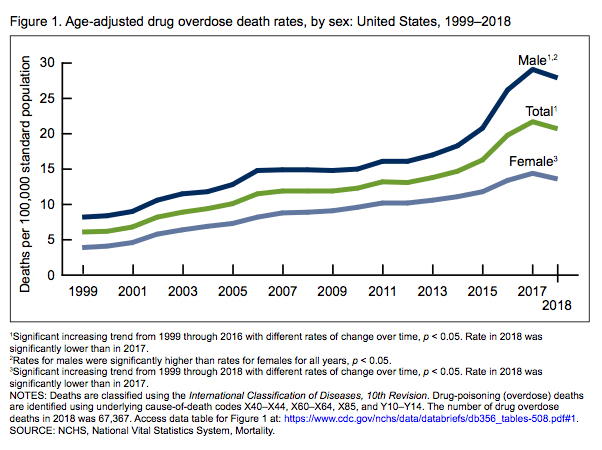On episode eight of “Verdict with Ted Cruz,” which was uploaded to YouTube on Thursday, the senator discusses four of the most critical questions asked during the “Question and Answer” portion of the ongoing Senate impeachment trial that took place on Wednesday.
The first question Cruz asked was, “as a matter of law, does it matter if there was a quid pro quo?”
Cruz noted that the Democrats are “bickering back and forth” about a quid pro quo because it would tie into bringing in former National Security Advisor John Bolton as a new witness.
“And my point is … it doesn’t matter. It makes no impact on the legal issue,” Cruz said. “And so that was the question I wanted to emphasize at the outset to make clear the legal question is, does the president have the authority to do what he did? And in this instance – look, a point I’ve been making from the beginning, a president always has the authority to investigate corruption if there’s credible evidence.”
Knowles asked Cruz if he was “satisfied” with the answer given, and Cruz said that he was. He then explained that even the new Middle East peace proposal is a quid pro quo.
The president is promising, among other things, to the Palestinians, that collectively, the United States and other countries will invest $50 billion if the Palestinians stop terrorism. That’s a quid pro quo. That’s an exchange that happens in foreign policy all the time.
Cruz added that this is an important point to make clear because what “an awful lot of what people are fighting about doesn’t affect the question, the legal question before the Senate, of whether the president committed impeachable crimes, whether the president committed high crimes and misdemeanors.”
Cruz continued, stating that his second question arose out of a hypothetical from Rep. Adam Schiff (D-CA) pertaining to Obama investigating Mitt Romney in 2012.
“Lindsey Graham came up to me … what if Obama had evidence that Romney was corrupt?” Cruz said. “And I’m like, that’s good.”
Cruz then offered the question, which he penned and Sen. Lindsey Graham (R-SC) asked:
If President Obama had evidence that Mitt Romney’s son was being paid a million dollars a year by a corrupt Russian company … and Romney had acted in his official capacity to benefit that company, would Obama have had the authority to ask that the potential corruption be investigated?
As for the answer, Cruz said that while Republicans knew the Democrats would try to “filibuster the question … there’s value … to teeing up that hypothetical, making clear that their position is, doesn’t matter what evidence of corruption you have, you can’t have an investigation if it’s your political rival. Well, that’s just nutty. I mean, that’s not the law. That doesn’t make any sense.”
Cruz said that Schiff’s alleged refusal to answer the question provided insight, especially in light of his responses to the following questions.
Cruz’s third question pertained to the whistleblower:
So, this is a question I had written out before that points out that the inspector general for the intelligence community wrote that the whistleblower had some indicia of arguable political bias in favor of a rival political candidate … I said, look, did the whistleblower ever work for Joe Biden? If so, did he work for Joe Biden on issues involving Ukraine? If so, did he assist in any material way with the quid pro quo that Joe Biden executed when he demanded that Ukraine fire the prosecutor that was investigating Burisma, the company paying his son a million bucks a year?
According to Cruz, Schiff “utterly dodge[d]” and wouldn’t “answer.” Instead, he offered a “prepared speech” about protecting the identity of whistleblowers, which had nothing to do with the question.
Cruz told Knowles that Schiff’s answer frustrated him, so he went back to the “cloak room” to write another question, which was then asked by Sen. David Perdue (R-GA):
You refused to answer the question on political bias. Are the House managers refusing to tell the Senate whether or not the so-called whistleblower had an actual conflict of interest? And the question went on to say … there are seven billion people on planet Earth. Almost all had no involvement, zero involvement, in Biden’s quid pro quo. Are the House managers unwilling to say whether the so-called whistleblower was a fact witness who directly participated in, and could himself face criminal or civil liability, for Joe Biden’s demanding Ukraine fire the prosecutor who was investigating Burisma?
Once again, according to Cruz, Schiff refused to answer the question:
So Adam Schiff, the position of the House managers, they refuse to tell you whether this so-called whistleblower has actual bias, has a conflict of interest, and if he actively participated, if he was working for Joe Biden, and if he was the guy Joe Biden used to say, “Hey, go to the Ukrainians and cut off their military aid until they fire this prosecutor.”
“For all we know, and there are reasons to suspect, based on what the inspector general said, that this so-called whistleblower is not some disinterested third party. He’s right in the middle,” Cruz said. “If an investigation shows Biden is, in fact, corrupt, it is entirely possible, or at least the House managers wouldn’t tell us, if this so-called whistleblower was worried about his own rear end, was worried about, wait a second, if they go after Biden, they’re going to prosecute me because I was involved in this corruption.”
Cruz told Knowles that House managers wouldn’t answer that, but also that Schiff, who “just kind of riff[s],” actually read “word for word” from a piece of paper:
Look, he’s under oath … and it was really clear that he didn’t want to say something on this, about what the inspector general said were significant indications of political bias on the part of the whistleblower. And that suggests this whole thing was cooked up in the beginning, and was a crock from day one.
via The Daily Wire
Enjoy this article? Read the full version at the authors website: https://www.dailywire.com





 Here, the contrasting views were interesting in that those who had a positive view of socialism and a negative view of capitalism tended to hold the very shallow “talking point” issues so common among the generally uninformed. Those who held a positive view of capitalism and negative view of socialism demonstrated a slightly higher understanding of the systems. Neither set of views really captured the essential qualities of either system and indicated a general systemic emotional response.
Here, the contrasting views were interesting in that those who had a positive view of socialism and a negative view of capitalism tended to hold the very shallow “talking point” issues so common among the generally uninformed. Those who held a positive view of capitalism and negative view of socialism demonstrated a slightly higher understanding of the systems. Neither set of views really captured the essential qualities of either system and indicated a general systemic emotional response.